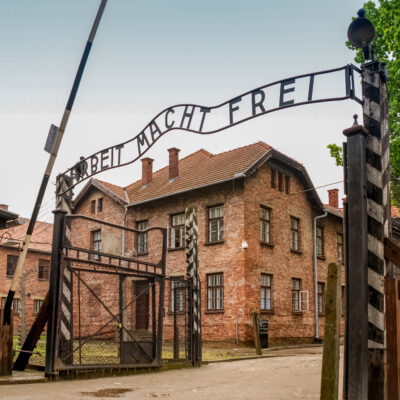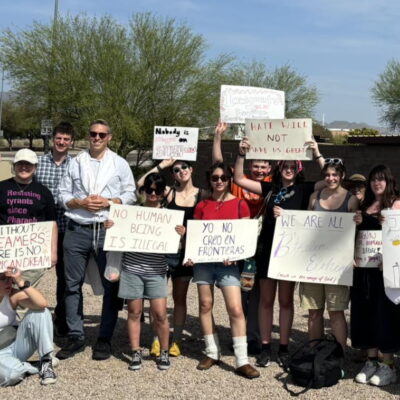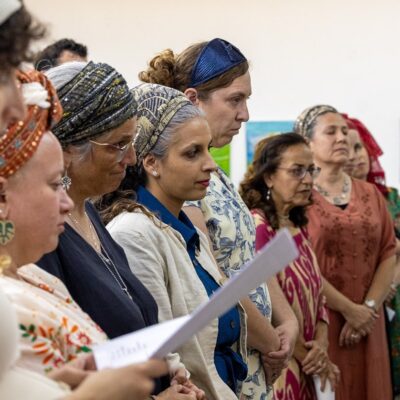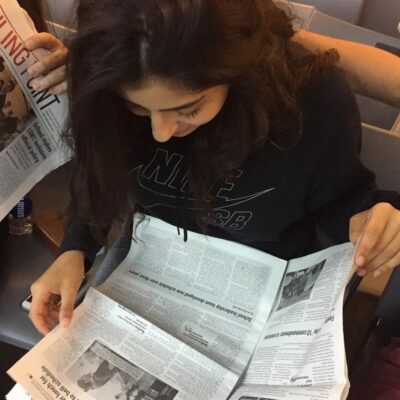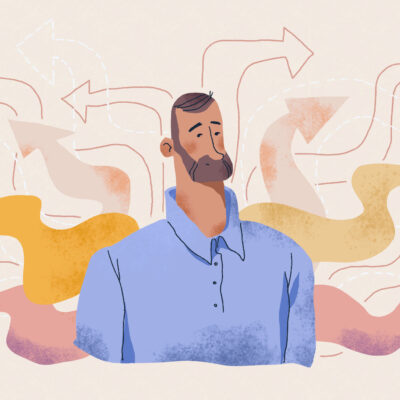Covid19 and the Collaborative Decade of Public Space – From Urban Planning to Social Planning

By Hila Oren, PhD
Urban and commercial planning, office market, transportation and many other areas in the last decade revolve around the principle of cooperatives. Shared workspaces, shared scooters and bikes, and shared vehicles have long been a familiar thing. But, Covid19 has refined the principle of cooperatives in the public sphere as well. Today, every local authority, planning institution, landscape architect or urban planner must add to their toolbox the planning of urban space. Urban space, open spaces, city squares and sidewalks have become an integral part of city life, and, from an element of spatial planning only – to one with social significance.
The corona pandemic has radically changed human behavior in public space. At the same time, public space planning took on the meaning not only of leisure, recreation, and sports, but also behavioral elements. Today, planning a public space should be tailored to public behavior and take into account behavioral elements such as the desire to meet people in the open space, the desire to go outside the house, host and get invited over, and spend time with friends in the open space – in a gathering designed to relieve loneliness, work, unite with family, or simply drink coffee.
Landscape architects and urban planners can no longer see the landscape literally – but a more complex reality in which people use the public space to hold social gatherings and work meetings on the park bench; open spaces replace cafes and restaurants as meeting places. Urban planning has become more challenging and requires planners to “re-calculate route.” Today, in the age of Corona, a landscape architect sees not only the need for a landscape, but space as a part used for work meetings, social gatherings, relieving loneliness for the elderly, and more.
Just as Covid19 has accelerated digitization and remote work procedures, so it has reduced at least two decades from urban space planning. Processes that had been done on a spot basis, such as removing fences in the Gordon Pool, placing chairs around the pool in Rabin Square, and opening municipal gardens – are already becoming an orderly urban planning policy.
Beit Tami, for example, which is currently undergoing renovation and upgrading, was planned as a public area and space as was customary, for leisure and relaxation. Now, the renovation treats this space as an integral part of the need for a meeting space, as a social value, as a behavioral part – and the renovation has been adapted to that. Removing fences in the Histadrut building and opening the area to the public is another example of a process that is already happening in the field, and there are additional examples.
The crisis that Covid19 has created is also a great opportunity – for a more sane, more humane planning; one that sanctifies the common public spaces and celebrates the principle of cooperatives. The lock-down period further emphasized the importance of the 100-meter line, and future planning must take into account that reality has changed, and even a pillar floor in a shared building is a common space to be utilized. Maintaining a 2-meter distance from person to person requires the design of wider public gardens with new and adapted benches and creative seating solutions.
As a result of the new planning trend that is emerging, the understanding of the importance of green lungs within the urban fabric is also beginning to take shape. Many cities in Israel have become overcrowded, and municipal parks have become a scarce resource. Now it is not impossible for us to benefit from the changes and transformations and be privileged to see in the common public space more green spaces, more community gardens, which will attract residents and become an alternative meeting place – with great accessibility. At the end of the day and at the end of every epidemic, man is a social creature.
The public space makes it possible to reduce gaps and make resources accessible also to those who cannot afford their own yard. One of today’s emerging trends is to provide the city residents with “pocket gardens,” which are useful and also utilize small areas in the public space to relieve loneliness, work and study jointly.
Since the outbreak of Covid19, many workers have switched to working from home, and higher education institutions’ students study on zoom. It is not inconceivable that this trend of remote work and study will take root even after the pandemic disappears. This is a real revolution whose sprouts we are seeing now. Therefore, this is a golden opportunity for cooperatives in the public space, also in the field of deploying communication infrastructure that will enable work and study even from the municipal park. A public bench in the fresh air, can be a perfect workspace, sometimes more than the four-walled house or office…
To this end, the heads of local authorities will do well to turn the spotlight and resources towards vulnerable populations, and promote a free and reliable infrastructure of collaborative WIFI and lighting in the public space – necessary tools for students and micro-business owners to study and work outdoors. These will also increase the residents’ sense of personal safety and reduce the effects of delinquency and crime in the urban domain.
All that is required is a rethinking of the decision makers, mayors, members of the planning committees, planning people and landscape architects. It is time to abandon the old conventions and adopt a new and fresh planning approach – And move from urban planning to social planning.
Hila Oren is an Urbanism researcher and serves as the CEO of the Tel Aviv Foundation.

